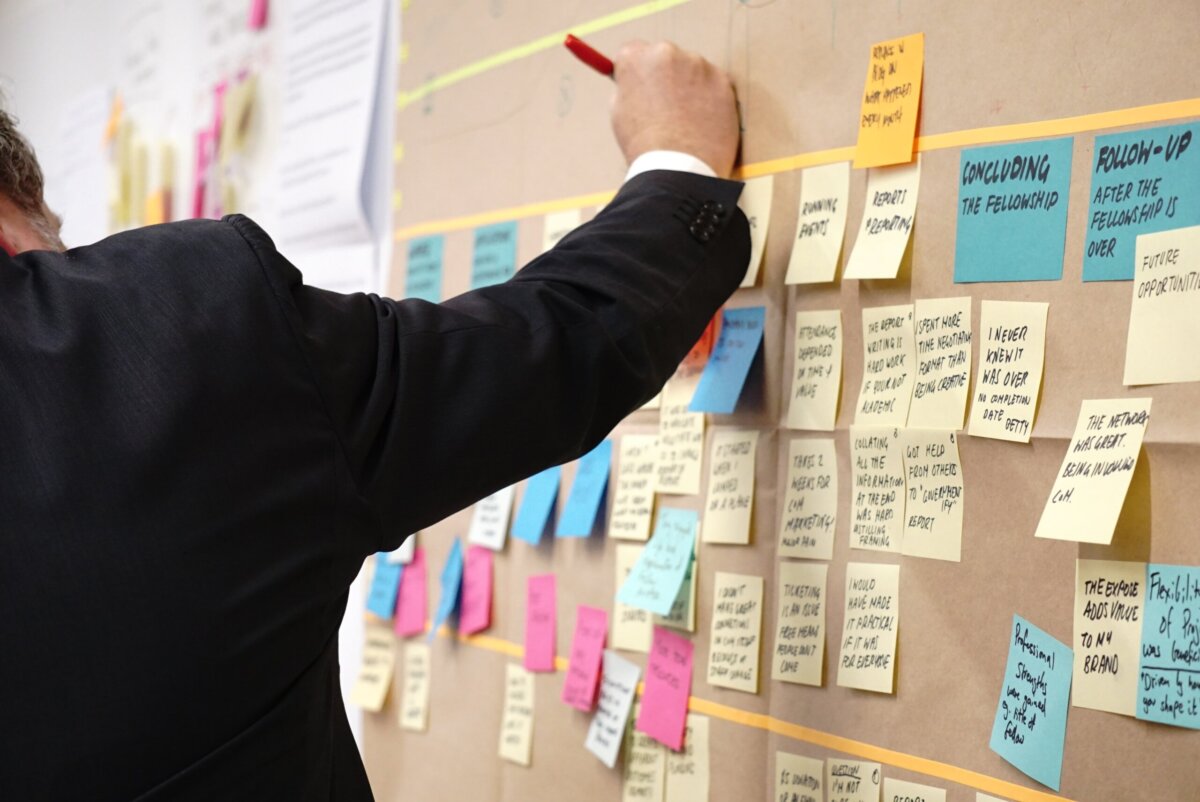
Author: Simone Kohl
· < 1 min read · 1,684 views
What is The Waterfall Model in Business?
A classic model of project management is the waterfall model. It is often used in companies with hierarchical structures.
What is The Waterfall Model?
Here, the project is divided into several stages or phases, which build on each other and are processed one after the other. You should run through ever phase only once and the results of the previous phase are used as a preliminary assumption in the subsequent phase. Also you should gather Requirements in advance. When the customer and developer agree on what to implement, the planning phase begins. Each phase starts with the end of the previous one.
- For example: testers during coding create test scripts from requirements documentation.
A typical flow is:
- Analysis
- Design
- implementation
- Test
- Deployment
So, once you completed a phase, you should not reverse that decision.
Advantages of The Waterfall Model
The advantage here is planning reliability. There is an orderly structure through which you can handle large projects safely. This method is not suitable for projects where flexible adjustments are necessary. Another advantage is that you do not need to involve customers or stakeholders intensively, as they only need to review, approve and discuss the status.
Disadvantages of The Waterfall Model
The disadvantage is that errors in the implementation only become visible towards the end of the project, which makes correction more difficult and costly. You can react less flexibly to risks.
Looking for Expert IT Solutions?
Subscribe to Our Newsletter for Exclusive Tips and Updates!
Stay ahead of tech challenges with expert insights delivered straight to your inbox. From solving network issues to enhancing cybersecurity and streamlining software integration, our newsletter offers practical advice and the latest IT trends. Sign up today and let us help you make technology work seamlessly for your business!


Share